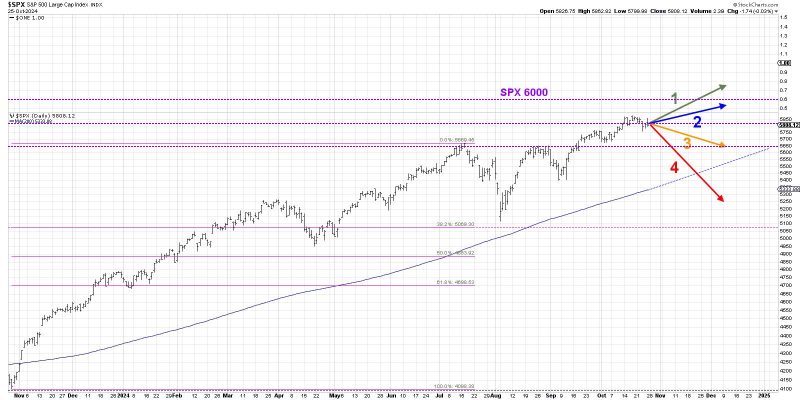**Analysis on the Current State of the S&P 500 Index**
**Market History and Trends**
The S&P 500 index has continued its ascent over the years, reflecting various economic and market dynamics. Historically, the index has shown resilience and the ability to bounce back from downturns, showcasing the underlying strength of the US economy. This has resulted in a consistent upward trajectory of the index, generating significant returns for investors over the long term.
**Economic Factors at Play**
Several economic factors are currently influencing the performance of the S&P 500 index. The strong corporate earnings growth, low interest rates, and robust consumer spending have all contributed to the positive momentum of the index. Additionally, the significant government stimulus packages and favorable monetary policies have provided a boost to the overall market sentiment.
**Technological Advancements and Innovation**
The rapid pace of technological advancements and innovation in various sectors has also played a crucial role in driving the performance of the S&P 500 index. Companies at the forefront of technological innovation have outperformed their peers, leading to a significant contribution to the overall growth of the index. The increasing digitization of businesses and the adoption of new technologies have transformed various industries, creating opportunities for growth and expansion.
**Global Market Dynamics**
The interconnected nature of the global economy has made the S&P 500 index sensitive to international market dynamics. Changes in global economic conditions, trade policies, and geopolitical events can impact the performance of the index. While the US economy remains a key driver of the index, developments in other major economies such as China and Europe also have a substantial influence on its movements.
**Risk Factors and Challenges**
Despite the positive outlook for the S&P 500 index, there are several risk factors and challenges that could potentially hinder its growth. Rising inflation pressures, geopolitical tensions, and uncertainties surrounding the Federal Reserve’s monetary policy decisions pose threats to the stability of the index. Additionally, the ongoing global health crisis and its potential economic ramifications continue to cast a shadow of uncertainty over the market.
**Investor Sentiment and Market Volatility**
Investor sentiment and market volatility play a crucial role in shaping the movements of the S&P 500 index. Fluctuations in investor confidence, triggered by external events or economic indicators, can lead to sharp movements in the index. Understanding and analyzing investor sentiment is essential for predicting market trends and making informed investment decisions.
**Conclusion**
In conclusion, the S&P 500 index remains poised for continued growth, driven by strong economic fundamentals, technological innovations, and favorable market conditions. While challenges and risks persist, the underlying resilience of the US economy and the adaptability of companies within the index provide a solid foundation for sustained growth. By staying informed about economic trends, global market dynamics, and investor sentiment, market participants can navigate the complexities of the market landscape and capitalize on the opportunities presented by the S&P 500 index.
